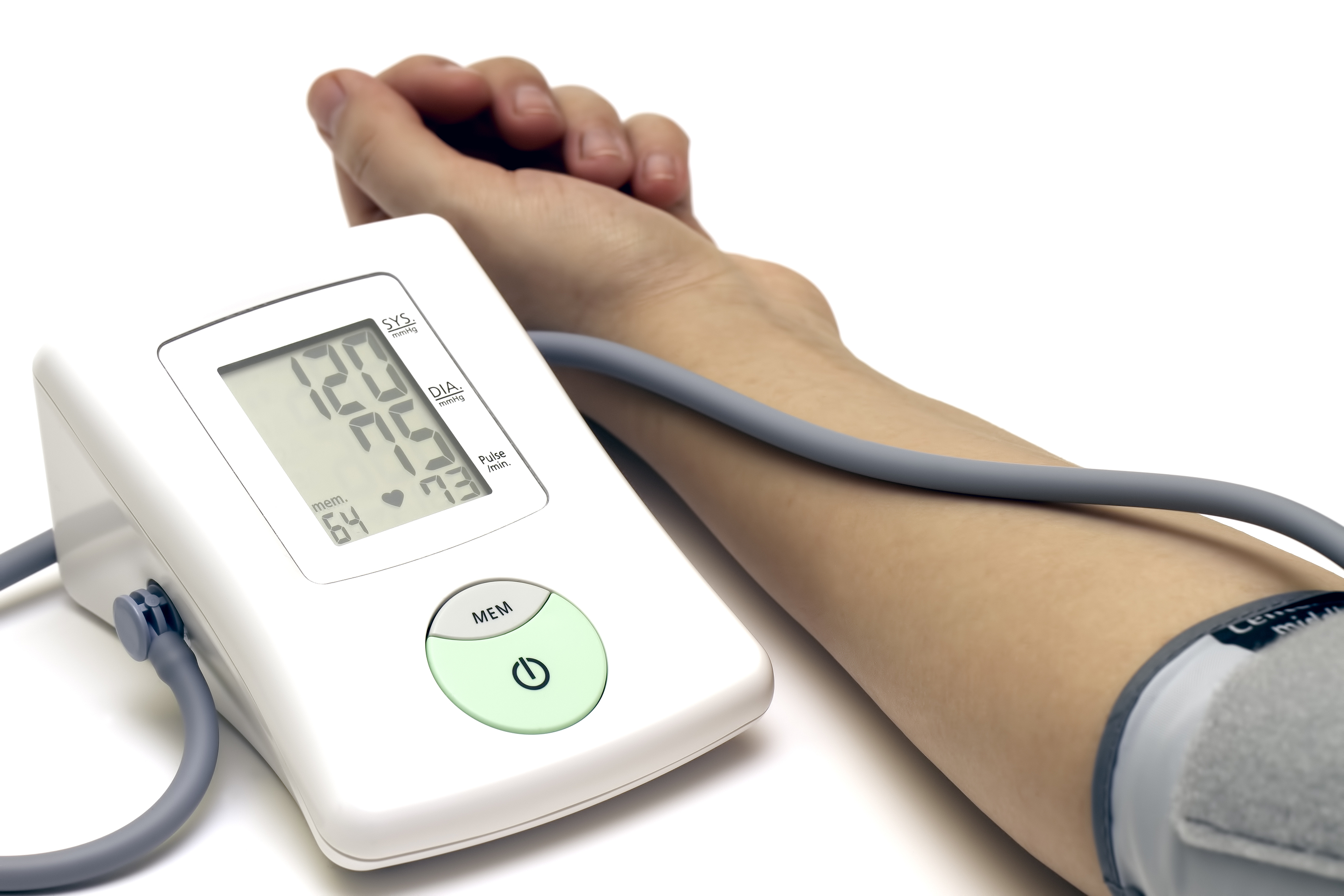Blood pressure is a critical indicator of cardiovascular health, reflecting the force exerted by circulating blood on the walls of blood vessels. It serves as a vital sign that can reveal much about an individual’s overall well-being. As we age, our blood pressure readings can change due to various physiological and lifestyle factors. Understanding what constitutes normal blood pressure at different life stages is essential for maintaining optimal health and preventing potential complications associated with hypertension. In this comprehensive article, we will explore blood pressure readings by age, delve into what is considered normal versus concerning, and discuss strategies for managing blood pressure throughout your life.
Blood Pressure by Age: What’s Normal and What’s Not

Understanding blood pressure readings is crucial for recognizing what is considered normal and when it may be time to seek medical advice. Blood pressure is measured in millimeters of mercury (mmHg) and consists of two numbers: systolic and diastolic pressure. The systolic number represents the pressure in your arteries when your heart beats, while the diastolic number indicates the pressure when your heart rests between beats.
The Basics of Blood Pressure Measurements
Blood pressure is typically measured using a sphygmomanometer, which involves wrapping an inflatable cuff around the upper arm. The cuff is inflated to temporarily stop blood flow, then gradually deflated while a healthcare professional listens with a stethoscope. The first sound heard corresponds to the systolic pressure, and the point at which the sound disappears indicates the diastolic pressure.
Regular monitoring of blood pressure is essential, as it can fluctuate based on numerous factors such as activity level, stress, and even time of day. Understanding how these measurements work lays the foundation for interpreting blood pressure readings effectively.
Factors Influencing Blood Pressure Readings
Several factors can influence blood pressure readings, making it essential to consider individual circumstances when evaluating results.
Age and Blood Pressure
As individuals age, their blood vessels naturally become stiffer and less elastic, leading to increased resistance to blood flow. This physiological change often results in higher blood pressure readings. Consequently, it is common for older adults to have higher blood pressure compared to younger individuals.
Lifestyle Choices
Lifestyle choices play a significant role in determining blood pressure levels. Factors such as diet, physical activity, smoking, and alcohol consumption can all impact blood pressure. A high-sodium diet, for example, can lead to fluid retention and elevated blood pressure, while regular exercise can help maintain healthy levels.
Medical Conditions
Certain medical conditions can also affect blood pressure. For instance, diabetes, kidney disease, and thyroid disorders can contribute to hypertension. Individuals with these conditions should monitor their blood pressure closely and work with their healthcare providers to manage their overall health.
Blood Pressure Guidelines by Age
Blood pressure guidelines vary by age group, reflecting the natural changes that occur in the cardiovascular system over time.
Children and Adolescents
For children and adolescents, blood pressure readings are not standardized like those for adults. Instead, they depend on factors such as age, sex, and height percentiles. Pediatricians often use growth charts to determine whether a child’s blood pressure falls within a healthy range. Regular check-ups are essential during childhood and adolescence to monitor blood pressure and ensure proper development.
Adults
In adulthood, blood pressure classifications become more defined. According to the American Heart Association, the following categories apply:
- Normal: Systolic below 120 mmHg and diastolic below 80 mmHg.
- Elevated: Systolic between 120-129 mmHg and diastolic below 80 mmHg.
- Stage 1 Hypertension: Systolic between 130-139 mmHg or diastolic between 80-89 mmHg.
- Stage 2 Hypertension: Systolic 140 mmHg or higher or diastolic 90 mmHg or higher.
- Hypertensive Crisis: Systolic over 180 mmHg and/or diastolic over 120 mmHg.
These classifications provide a framework for understanding blood pressure readings and determining appropriate interventions.
Special Considerations for Older Adults
Older adults, particularly those aged 60 and above, may experience unique challenges regarding blood pressure management. While the general guideline remains a systolic reading below 120 mmHg and diastolic below 80 mmHg, many older adults may have slightly higher readings without necessarily indicating a health risk.
It is important for healthcare providers to assess each individual’s overall health status, including any existing medical conditions, medications, and lifestyle factors, before making recommendations. Regular monitoring and open communication with healthcare professionals are key components of effective blood pressure management in older adults.
Conclusion

Maintaining healthy blood pressure is crucial for overall well-being and longevity. Understanding the normal blood pressure ranges by age and the factors influencing readings is essential for monitoring your health. If you have concerns about your blood pressure or have been diagnosed with hypertension, consult your doctor for personalized advice and a comprehensive management plan. Remember, early detection and management of high blood pressure can significantly reduce your risk of serious health problems later in life.


